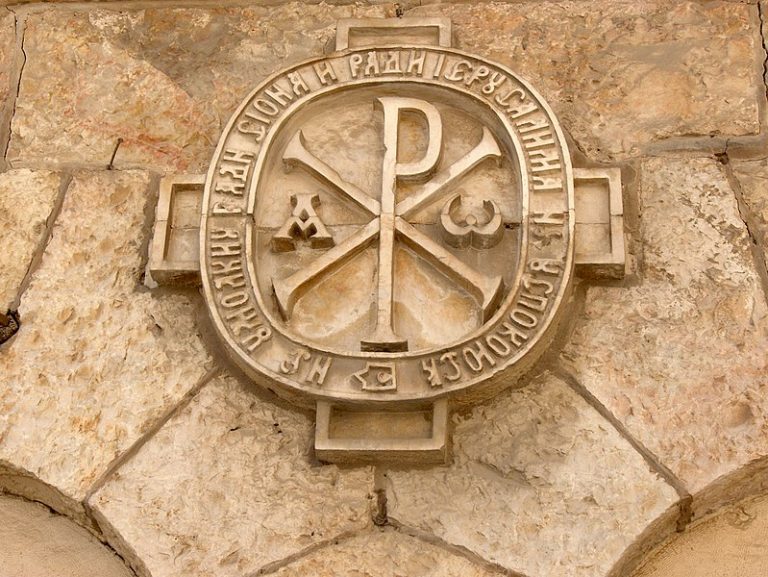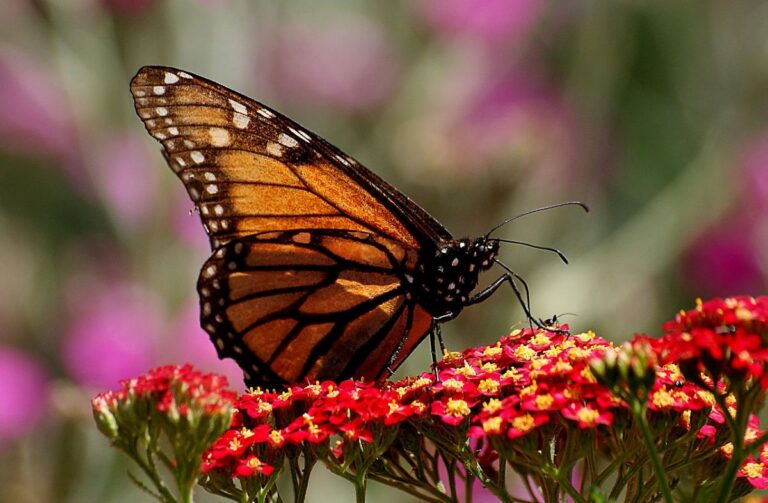10 Iconic Symbols of Mexico
Are you looking for the most iconic symbols of Mexico?
This bursting North American nation in the southern part of the continent is home to around 127 million people who are always ready for festivities.
From the colorful streets of the vibrant capital and the stunning pueblo magicos to the lovely playas of Acapulco, Los Cabos, and Cancun, Mexico is always brimming with fun and excitement.
With its delectable cuisine, lively songs, and hospitable locals, delightful surprises are waiting to be discovered in Mexico. Sounds like piñata? Very apt, considering it is one of the most iconic symbols associated with the country.
Read on if you want to know more about the most iconic Mexican symbols.
10 Most Iconic Symbols of Mexico

1. Sombrero

A traditional wide-brimmed hat worn by Mexicans, often made of felt or straw, the sombrero is one of the most iconic symbols of Mexican culture.
This headwear is an important part of the traditional Mexican Hat Dance. It recounts the story of a young man who gives up his sombrero, which is his most prized possession, to win the heart of the lady he loves.
Sombreros are worn by both Mexican men and women.
2. Piñata

The colorful, papier-mâché figure filled with candy goods and toys is called a piñata. It is often used in parties and celebrations in Mexico, usually for children. Piñatas are hung up to be broken open by kids using a stick.
The piñata comes in various shapes nowadays, such as animals or other objects, but the original and traditional one is star-shaped with seven points to symbolize the seven deadly sins (envy, sloth, gluttony, greed, lust, wrath or anger, and pride).
Another variation is the ten-pointed piñata, which serves as a reminder of the sins we commit when we break the Ten Commandments.
3. Charro

A Charro is a traditional Mexican horseman, usually compared to a cowboy in the culture of United States. Charros are clad in distinctive clothing and participate in numerous competitions and events.
Charros are recognized as symbols of the national identity of Mexicans all over the world.
During Mexico’s War of Independence in Mexico (1810 – 1821), charros served as soldiers on both sides. Many Spanish-owned estates called haciendas held a long tradition of assembling their best charros as a small militia to protect the estates from marauders and bandits.
4. Mariachi

This traditional style of Mexican folk music is characterized by its lively trumpets, violins, and guitars, and is often performed by a large ensemble of musicians dressed in traditional costumes.
Today, mariachi ensembles are a favorite entertainment during special occasions such as weddings, baptisms, birthdays, and even funerals. Mariachi is so important to the culture of Mexico that UNESCO designated it as an Intangible Cultural Heritage.
5. Our Lady of Guadalupe

As per Mexican tradition, Our Lady of Guadalupe appeared to a peasant of Aztec descent named Juan Diego on December 12, 1531, on Tepeyac Hill, which is now part of a suburb of Mexico City.
Diego converted to Christianity soon after and built a shrine for the Virgin of Guadalupe on the spot where she had materialized.
Our Lady of Guadalupe is the patron saint of Mexico and the Americas. She has symbolized unconditional love and protection long before she became a popular icon in fashion and art.
6. Día de los Muertos (Day of the Dead)

This traditional Mexican holiday is celebrated on November 1st and 2nd, in honor of deceased loved ones.
In Mexico, it is a special time for families that is filled with colorful decorations, altars, and offerings of food as well as drink.
Día de los Muertos is derived from the pre-Hispanic Mexican and Spanish Roman Catholic traditions with the intention of facilitating the return of departed souls to the Earth.
Unlike the typical scary skulls and skeletons linked with Halloween, the brightly colored ones we see during the Mexican Day of the Dead are representations of the departed souls in the circle of life.
7. Piedra del Sol / Aztec Calendar Stone

Also known as the Sun Stone, the Aztec Calendar Stone or Piedra del Sol is a 24-ton stone carving that was unearthed in Mexico City’s Zocalo or main plaza in 1790. It is widely regarded as one of the most important works of Aztec art.
The Piedra del Sol was mounted on one of the towers of the Mexican City Metropolitan Cathedral, where it was kept until 1885.
The Piedra del Sol depicts the five consecutive worlds of the sun from Aztec mythology.
Contrary to its name, the Aztec Calendar Stone is not a functioning calendar but a solar disk with elaborate carvings. For the Aztecs and other Mesoamerican cultures, the Piedra del Sol represented rulership.
8. Tequila

Tequila is a distilled spirit made from the blue agave plant endemic to Mexico. It is widely considered to be the Mexican national drink.
The word “tequila” means “the place of wild herbs,” “the place of harvesting plants,” or “the place where they cut.” It comes from the Nahuatl words tequitl meaning “work, duty, job, or task;” and tlan, which means “place.”
Tequila is North America’s oldest distilled spirit. Particularly in Mexico, it is a prominent figure in their heritage and culture due to the pulque.
Pulque is the first iteration of tequila that was deemed by the Aztec people as sacred. It was often associated with feasting and ritual ceremonies, hence symbolizing them.
9. Chihuahua dog

One of the oldest breeds of dog in the Americas, the Chihuahua dog is also the world’s smallest breed. It originated in the Mexican wild and is seen today as an iconic symbol of Mexico.
The name “Chihuahua” comes from the Nahuatl language of the Aztecs: “tzi” which denotes “small” and “uau uau” which means “dog.”
These tiny pooches were first found in northwestern Mexico’s state of Chihuahua. This breed of dog is thought to have been derived from the Techichi, a small barkless dog that the Toltec people of Mexico kept around the 9th century CE.
The Chihuahua dog’s significance to Mexican culture originated from the Aztec practice of burying or cremating a Chihuahua with a dead nobleman. This was due to the belief that the dog would absorb the sins of the deceased person.
Gold-colored Chihuahuas symbolized luck for both the Toltecs and the Aztecs.
10. The Mexican Flag

The tricolor flag of Mexico features three equal vertical stripes of green, white, and red, bearing the country’s emblem or coat of arms in the center which is the Eagle and the Snake.
The eagle in the Mexican coat of arms is depicted as perched on a cactus with a snake in its beak. It serves to symbolize the Aztec legend of the foundation of Tenochtitlan, which is the modern-day Mexico City. The wreath that surrounds the coat of arms is of oak and laurel, which represent strength and victory.
The flag’s green stripe symbolizes hope and victory, the white stripe represents peace and unity of the nation, and the red stripe symbolizes the national heroes that joined in the quest for Mexican Independence.
Other symbolic meanings of the tricolor are as follows: green for independence movement and Mexico’s agricultural and natural wealth, white stripe for the Catholic faith which is predominant in the country, and red for Mexico’s industrial and mineral resources.






